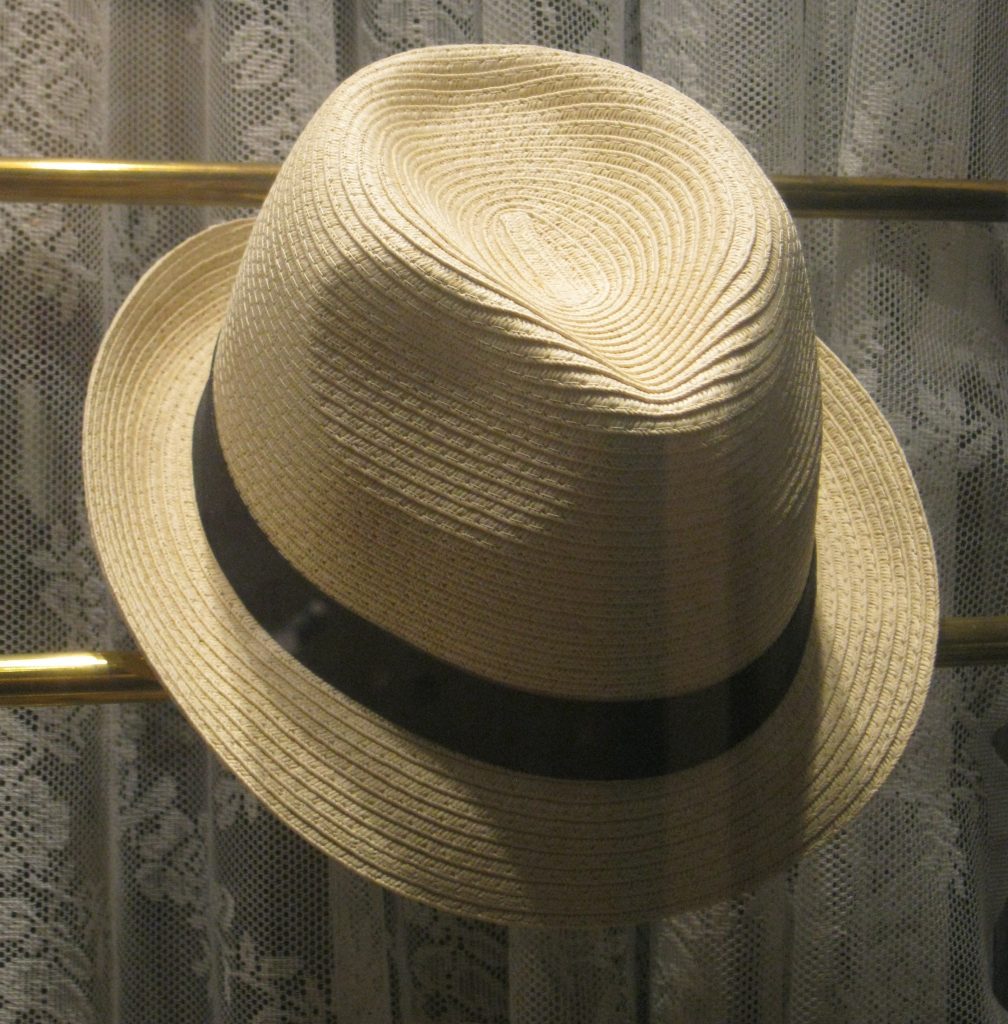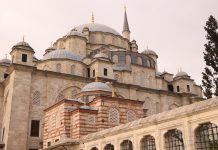I’m Australian, so coming from a country with one of the highest rates of skin cancer in the world, wearing a hat in summer, or in my case any time the sun shines, is imperative. When I first moved to Turkey hats on heads, like umbrellas in the rain, were scarce. These days they’ve become quite fashionable and are more widely available. However the story behind their disappearance and eventual re-emergence is telling.
Prior to 1925, the Turkish fez, a conical hat made of red felt, was synonymous with Turkey and the Ottoman Empire. Indeed, the factory that made them, now converted into an exhibition center called Feshane showcasing the cultures and cuisines of different regions of Turkey, can still be seen on the shores of the Golden Horn. Long associated with the dangerous wilds of the Orient, a fez is still a popular souvenir to bring home, although the only people you’re likely to see wearing them are ice cream sellers in tourist centers.

The early decades of the 20th century saw major changes in Turkey, all led by one man, Mustafa Kemal Atatürk. Renowned military strategist and founder of the Turkish Republic, he introduced numerous policies to bring Turkey into line with Western standards and expectations. Banning the fez was one of them. The ‘Hat Law’ meant that only Western-style hats could be worn in public places and it was mandatory for all civil servants to wear one. Individuals could choose to go hatless but on no account could they wear a traditional turban or fez. Anyone daring to be seen in a fez would be punished, and could even have faced the death penalty.
Harsh as this may seem today, Atatürk was trying to unite a country shattered by the losses suffered in World War I and the subsequent occupation of Constantinople. On the 13th of November 1918, French troops entered the city, followed by British troops the next day. Just as it seemed likely the country would be carved up by its former enemies, the Turkish nationalist movement was born, leading to the Turkish War of Independence in which Atatürk played a major role. Although he did not want Turkey to become a Western territory, he gave a speech in İnebolu on the Black Sea Coast in which he promoted the wearing of hats and other items of Western dress as essential if the country were to be considered nationalistic, civilized and universal in outlook.

Phasing out the fez was a rocky affair which saw clashes between supporters of Atatürk’s reforms and those against them. Nonetheless the law is still in place today, and was responsible for the rise to fame of Vitali Hakko, the man behind the world famous Vakko label. He started making and selling hats in his Istanbul shop in 1934 and has made his fortune many times over since then.
Although not many people still wear the felt fedoras introduced by Atatürk back in 1925, there are several styles of hat that seem to be timeless in Turkey.
The main style I’ve seen ever since I first came here in 1990 is the flat cap, known in Australia and the UK as an ‘Andy Capp’, after the famous cartoon character. For many years I always thought it was called a ‘handicap’, given the physical state of the old men who favour them.
Then there’s the shiny small white Muslim prayer cap called a takke. These were once restricted to the mosque but are now being worn in public by more devout individuals.

Lastly, there are the faux Panamas gracing heads all over the country this summer. Even though their popularity is connected to both fashion than health, I like to think a little bit of the past is coming back to remind us how far the country has come.
All photos courtesy of the author. For more of Lisa’s writing, check out her blog.










